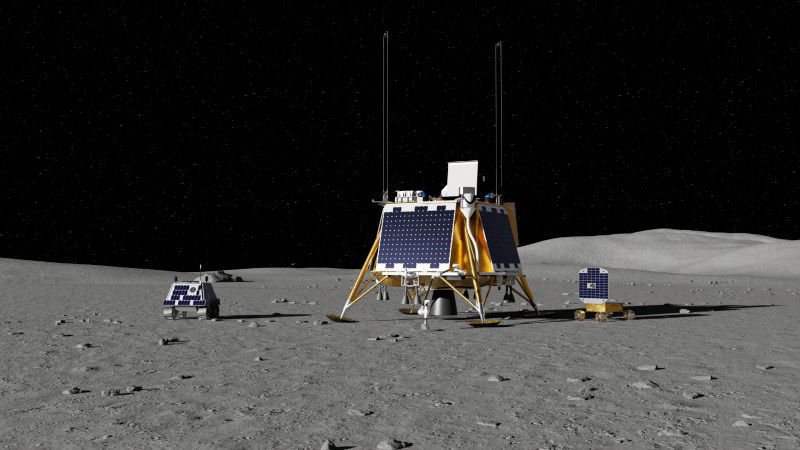NASA Awards Contract for Lunar South Pole Mission
CLPS Contact Valued at $177 Million Goes to Firefly Aerospace
NASA has awarded a $176.7 million CLPS contract to Firefly Aerospace to deliver five NASA-sponsored payloads to the Moon’s south pole in 2029. The mission will utilize Firefly’s Elytra orbital vehicle and Blue Ghost lunar lander to enable payload operations that include evaluating the Moon’s south pole resources, such as hydrogen, water, and other miner…




